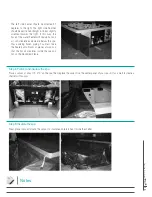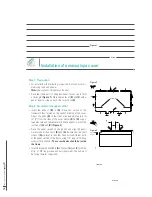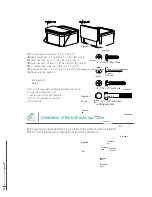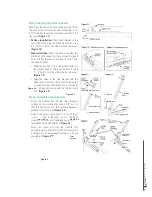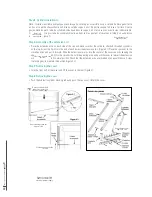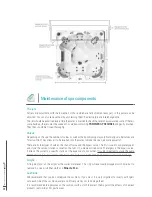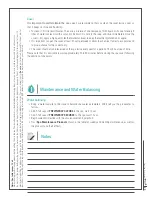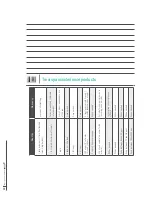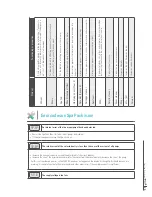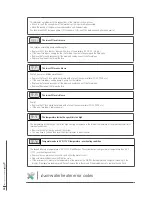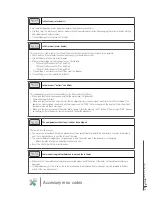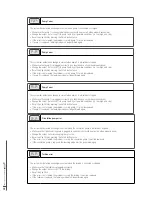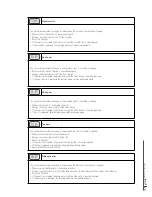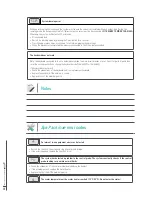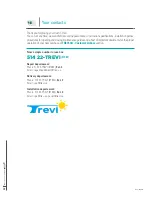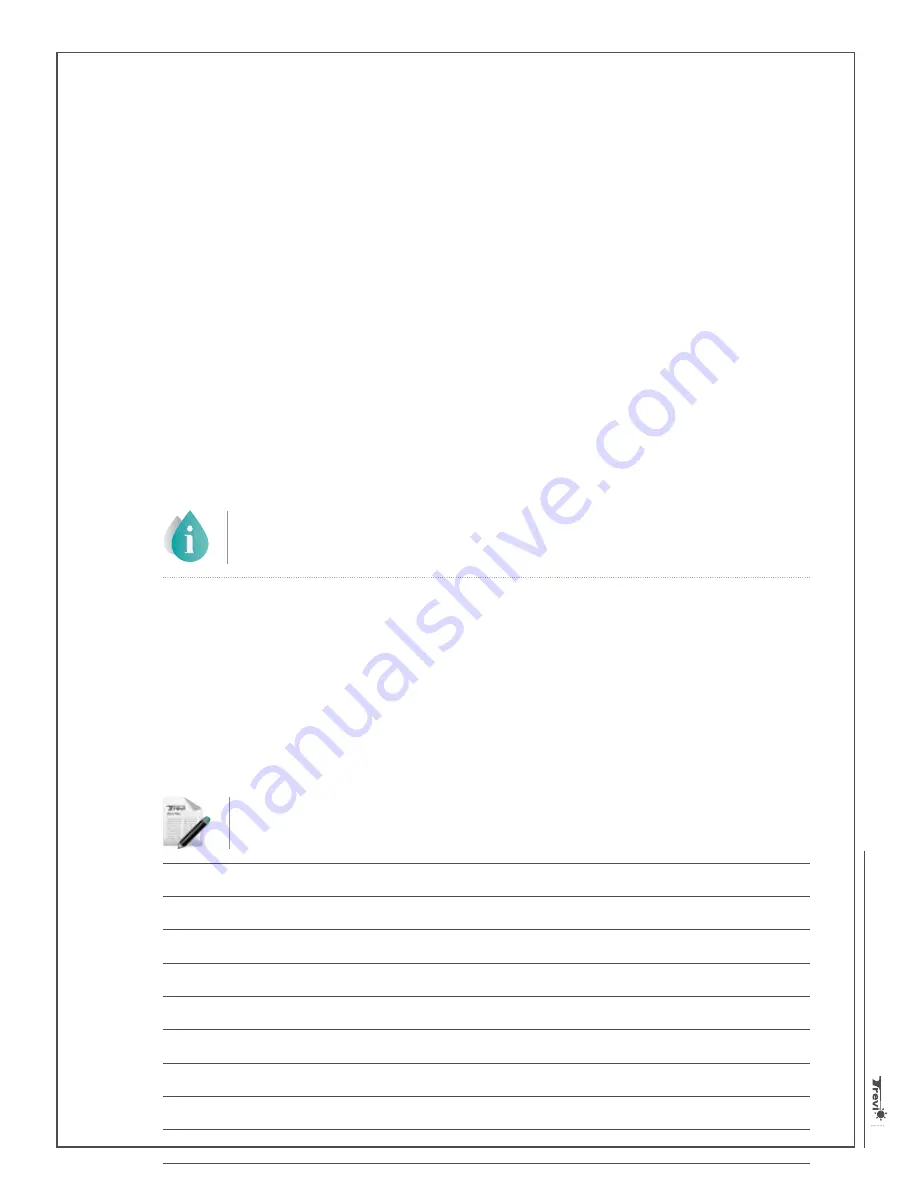
Trevi Spa User Guide
23
Cover
It is important to well maintain the spa cover;
we recommend that you clean the cover twice a year so
that it keeps its shine and flexibility.
▪
To clean it, first rinse with water. Then, use a mixture of one teaspoon of mild liquid dish soap for every 9
litres of water to clean it with a nylon bristle brush. Do not dry the soap, and rinse immediately. Once the
cover is dry, apply a high quality leather protector (wax) to keep the leather hydrated and supple.
▪
It is important to open the cover at least 2 hours per week to allow the chemical fumes to evaporate and
to give a chance for the cover to dry.
▪
The cover should also be reversed on the spa twice every year for a period of 3 or 4 hours each time.
Please note that it is advisable to wait approximately 20 to 30 minutes before closing the spa cover following
the addition of chemicals.
Maintenance and Water Balancing
Water balancing
▪
Bring a water sample to the store to balance the water parameters. We'll tell you the procedures to
follow.
▪
Add 5 full caps of
TREvINERgY CLEAR3
to the spa, wait 1 hour.
▪
Add 5 full caps of
TREvINERgY SECURE4
to the spa, wait 1 hour.
▪
Begin water disinfection with the chosen conditioning method.
▪
Trust
Spa Maintenance Products
shown in the table for weekly and monthly maintenance, as well as
the products and their effects
Notes
Notes: One tablespoon = 15 ml
Always dilute granular cleaning products before putting them in the spa. Powder
ed products must be diluted before placing them in the spa water to avoid residues and stains on the acrylic.
You must start the pumps before pouring a product in water and the lid must rema
in open for 20 minutes after the product has been paid. Do not mix 2 products together
. Always wait at least 30
minutes before bathing if a product has just been put in the spa and also, befor
e putting other products in the spa. There are 2 exceptions: for
Secure
, wait at least an hour and for lithium, wait at
least 4 hours. The emptying of the spa should be done every 3 months because t
he solid dissolving rate in water (SDR) becomes too high and the water becomes over
-saturated.







